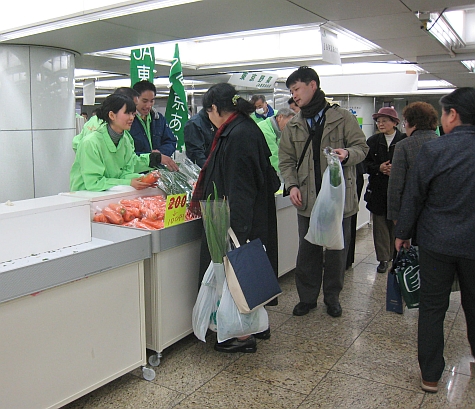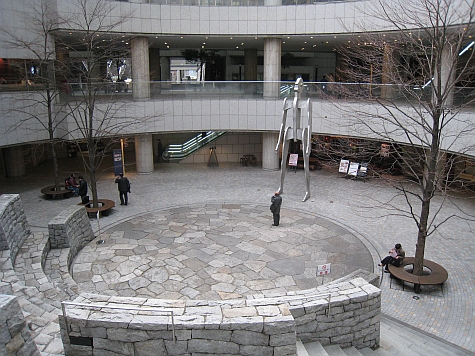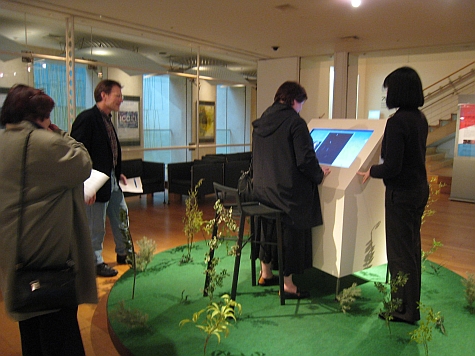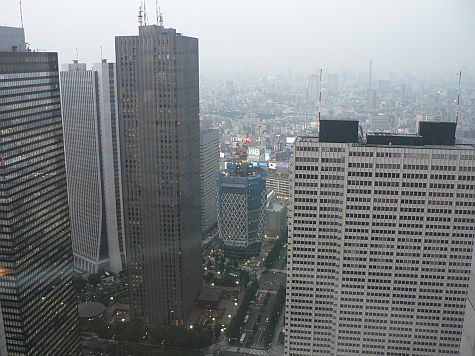On a mission from DY, my first destination was Harajuku. I went looking for crafting supplies at the Daiso (100 yen) store.
The products aren’t made in Japan, but the variety is wider than in other branches internationally.
A few blocks further east, the Design Festa Gallery changes its installations rapidly, with emerging artists showing their work for nominal costs.
The variety of work includes paintings, photographs and sculpture by mostly Japanese artists.
While most rooms are barely large enough for an overnight stay — Design Festa also offers artists accommodations from late evening to early morning, when the gallery is closed — this week featured a wall where artists could claim an 80 x 80 cm display space. Continue reading “2011/03/01-09 Harajuku, Aoyama, Enoshima, Kamakura, Yokohama, Mizonokuchi“
















